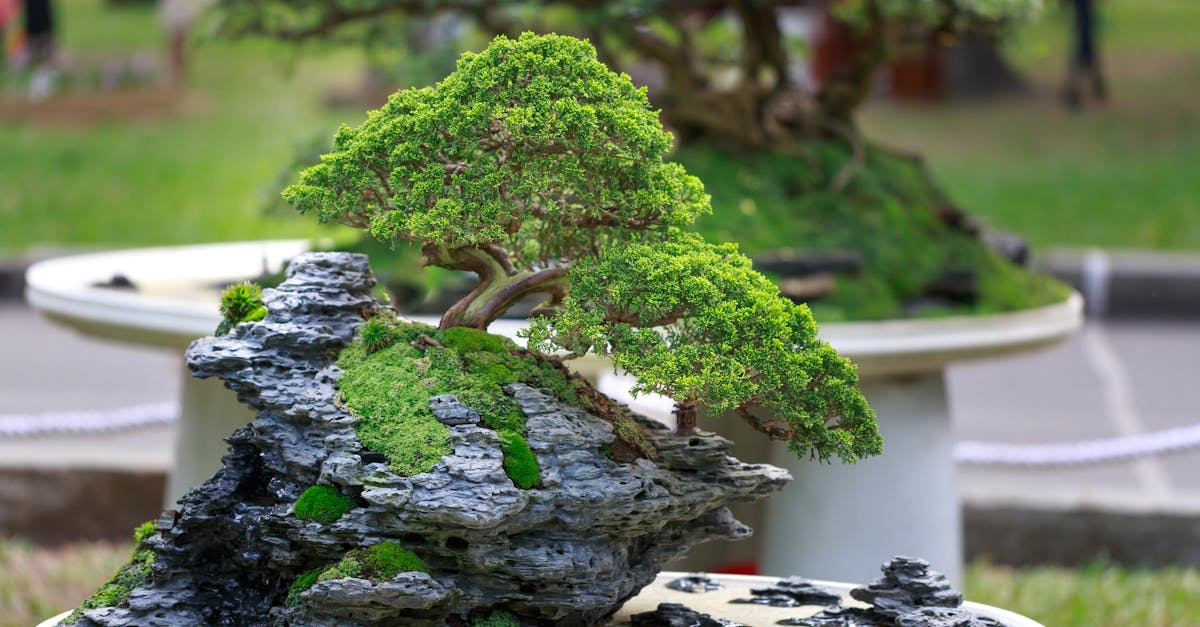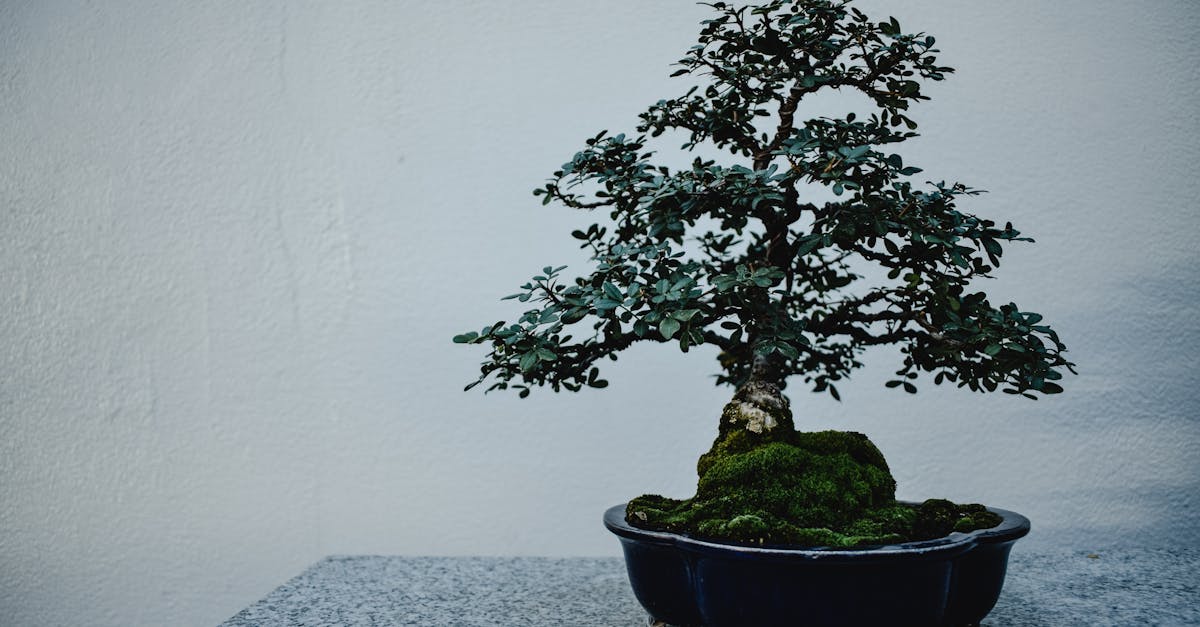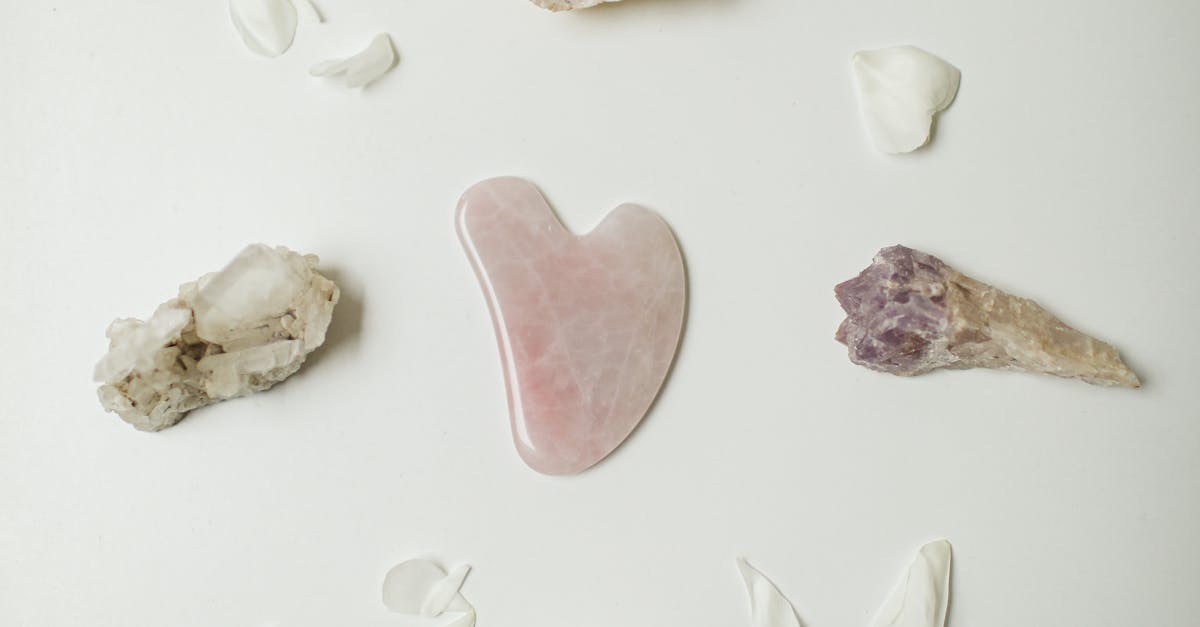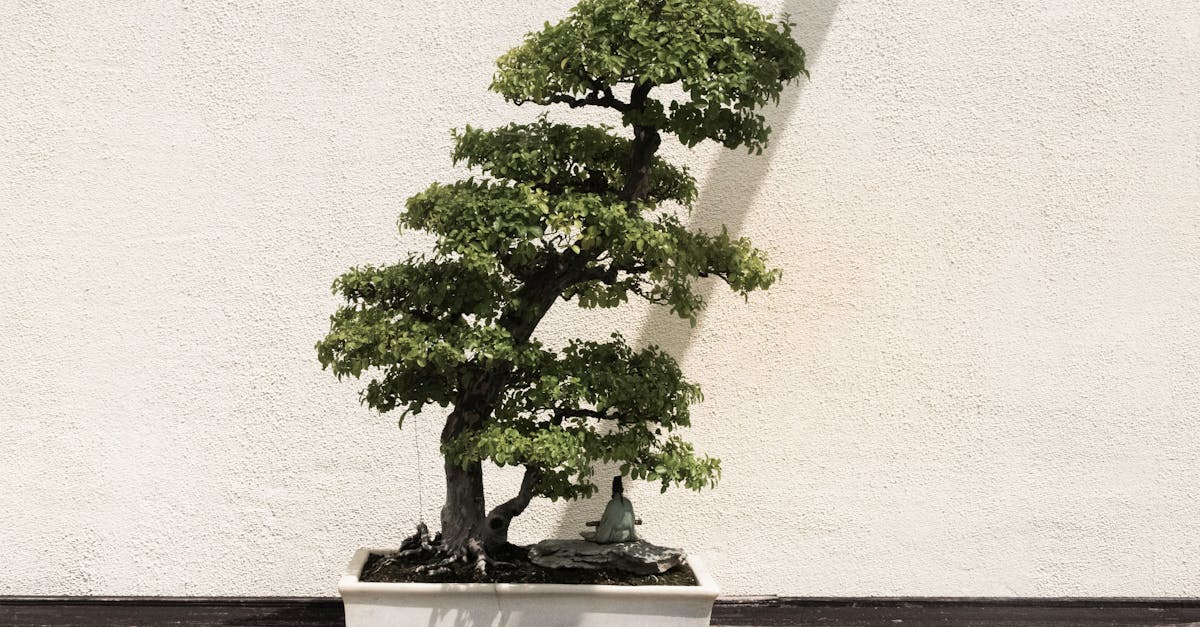Nature’s Artist: Leigh Taafe and the Bonsai Legacy of New Zealand
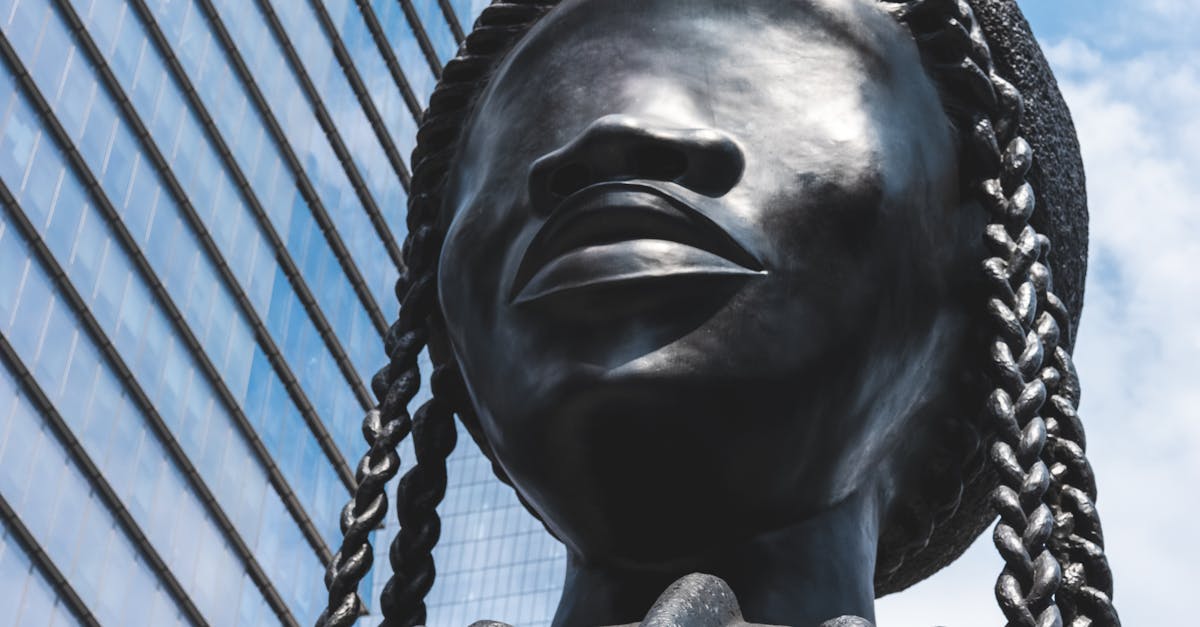
Leigh Taafe, a seasoned bonsai artist hailing from New Zealand, has dedicated his life to capturing the essence of his homeland’s native flora through the art of miniature trees. His passion for preserving and showcasing the unique characteristics of New Zealand’s diverse plant life has earned him international recognition, making him a true guardian of this ancient art form.
Beyond his dedication to preserving tradition, Taafe is also an innovator. His signature approach combines a deep respect for natural forms with advanced wiring techniques, allowing him to shape and train his trees with precision and artistry. As a result, his bonsai masterpieces have garnered accolades worldwide and have become testaments to the beauty and diversity of New Zealand’s natural heritage. Taafe’s commitment to the art of bonsai extends beyond his own creations. He is also passionate about educating and inspiring aspiring bonsai artists, sharing his knowledge and skills to ensure the future prosperity of this art form. Through his workshops, demonstrations, and mentorship, he hopes to cultivate a new generation of bonsai enthusiasts who will continue to appreciate and preserve the unique beauty of New Zealand’s native plants.
1. Leigh Taafe’s Journey into the Art of Bonsai
Leigh Taafe’s journey into the art of bonsai began at an early age, inspired by the natural beauty of his surroundings in New Zealand. His passion for horticulture and a deep appreciation for the country’s unique flora led him to explore the ancient art of bonsai, where he found a way to combine his love of nature with his artistic talents.
Taafe’s artistic path was shaped by the guidance of experienced bonsai masters, who recognized his potential and nurtured his skills. Through apprenticeships and mentorship, he immersed himself in the traditional techniques and philosophies of bonsai, gaining a deep understanding of the art form’s rich history and cultural significance. As he honed his craft, Taafe developed a keen eye for detail and a meticulous approach to shaping and training his miniature trees.
Beyond the technical aspects of bonsai, Taafe was also influenced by the cultural and ecological importance of native New Zealand species. He recognized the vital role these plants play in the country’s biodiversity and cultural heritage, inspiring him to use his art as a platform for conservation and education.
Apprenticeship and Mentorship
Leigh Taafe’s journey into the art of bonsai was greatly influenced by the experienced bonsai masters who guided his development. One of his primary mentors was Russell Tate, a renowned New Zealand bonsai artist known for his mastery of native species. Under Tate’s guidance, Taafe learned the fundamentals of bonsai, including proper tree selection, pruning techniques, and wiring methods. Tate also instilled in Taafe a deep appreciation for the natural beauty and unique characteristics of New Zealand’s native flora.
Another influential mentor for Taafe was John Naka, a Japanese-American bonsai master who is considered one of the most important figures in the development of modern bonsai. Naka’s emphasis on simplicity, balance, and harmony had a profound impact on Taafe’s artistic style. Through workshops and demonstrations, Taafe absorbed Naka’s teachings and incorporated them into his own approach to bonsai.
Taafe also sought guidance from other experienced bonsai artists, both in New Zealand and abroad. He attended workshops, studied their techniques, and engaged in discussions that broadened his knowledge and understanding of the art form. These mentorships were instrumental in shaping Taafe’s artistic path and honing his skills, helping him to develop a distinctive style that combines traditional techniques with a modern aesthetic.
2. The Significance of Native New Zealand Species
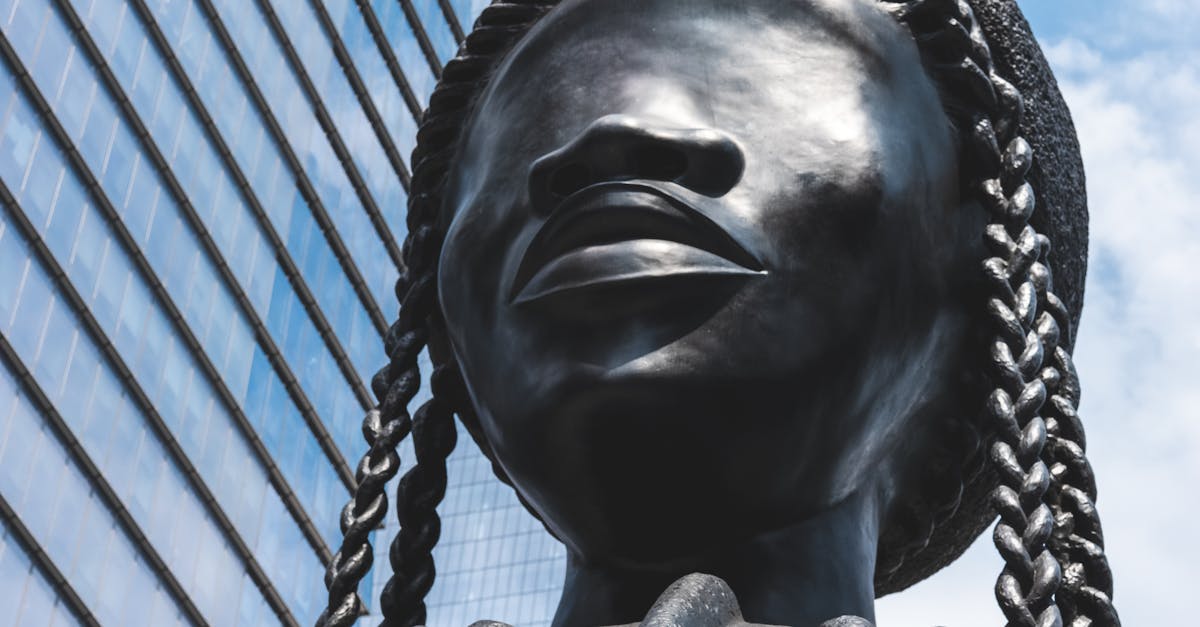
Leigh Taafe’s dedication to preserving and showcasing the unique characteristics of New Zealand’s native flora stems from his deep appreciation for the country’s rich biodiversity and cultural heritage. He believes that native species embody the essence of New Zealand’s natural landscape and that bonsai is an ideal medium to capture their beauty and significance.
Many of Taafe’s bonsai creations feature iconic New Zealand native species such as the pohutukawa, kowhai, and manuka. These trees are not only visually striking but also hold cultural and ecological importance. For example, the pohutukawa is known as the ‘New Zealand Christmas tree’ due to its vibrant red flowers that bloom during the holiday season. The kowhai is the national flower of New Zealand and is celebrated for its cheerful yellow blossoms that herald the arrival of spring. The manuka tree is highly valued for its medicinal properties and is used to produce honey with unique antibacterial qualities.
Taafe’s commitment to native species extends beyond his own artistic endeavors. He is also actively involved in conservation efforts and educational programs aimed at raising awareness about the importance of preserving New Zealand’s natural heritage. Through his work, Taafe hopes to inspire others to appreciate the beauty and diversity of native New Zealand plants and to contribute to their conservation for future generations.
Respect for Tradition
Leigh Taafe’s deep appreciation for the cultural significance of native plants in New Zealand’s Maori heritage is evident in his choice of species and his approach to bonsai. Maori, the indigenous people of New Zealand, have a close relationship with the natural world, and plants play a vital role in their cultural identity, traditions, and spirituality.
Many of the native species that Taafe uses in his bonsai creations hold special significance for Maori. For example, the pohutukawa is considered a sacred tree and is often planted near marae (Maori meeting houses). The kowhai is known as the ‘tree of knowledge’ and is associated with wisdom and learning. The manuka tree is highly valued for its medicinal properties and is used to create a variety of traditional remedies.
Taafe’s respect for Maori culture is reflected in his approach to bonsai. He takes great care to preserve the natural shape and character of the trees he works with, avoiding drastic alterations that would compromise their cultural significance. He also incorporates traditional Maori design elements into his bonsai creations, such as the use of pounamu (greenstone) and kowhaiwhai (geometric patterns). Through his work, Taafe pays homage to the rich cultural heritage of New Zealand and fosters a deeper understanding of the connection between Maori culture and the natural environment.
Ecological Value
Native New Zealand species play a crucial ecological role in the country’s diverse ecosystems. They provide food and shelter for native wildlife, help to regulate water flow and prevent erosion, and contribute to the overall health and resilience of the environment.
Leigh Taafe recognizes the ecological importance of native species and uses his art as a platform to promote their conservation. By showcasing the beauty and diversity of these plants, he hopes to inspire others to appreciate their value and to take action to protect them. Taafe is also actively involved in conservation efforts, working with organizations to restore native habitats and raise awareness about the threats facing New Zealand’s unique flora.
Through his work, Taafe demonstrates that bonsai can be more than just an art form. It can also be a powerful tool for environmental conservation and education. By highlighting the ecological significance of native species, Taafe encourages others to think about the importance of preserving the natural world for future generations.
3. Taafe’s Signature Approach: Combining Tradition and Innovation
Leigh Taafe’s signature approach to bonsai combines traditional techniques with innovative methods, resulting in captivating miniature trees that showcase the beauty and diversity of New Zealand’s native flora. Taafe’s artistic philosophy is guided by a deep respect for the natural form and character of the trees he works with. He believes that the best bonsai creations are those that capture the essence of the tree’s natural beauty while also showcasing the artist’s skill and creativity.
One of the hallmarks of Taafe’s approach is his meticulous attention to detail. He spends countless hours observing and studying the trees he works with, carefully considering the shape, texture, and movement of each branch and leaf. This deep understanding of the tree’s natural form allows him to create bonsai that are both realistic and aesthetically pleasing.
Taafe is also known for his innovative use of wiring techniques. Wiring is a crucial aspect of bonsai, as it allows the artist to shape and train the tree’s branches and trunk. Taafe has developed a unique set of wiring techniques that enable him to achieve a high level of precision and control. His innovative approach to wiring allows him to create bonsai with intricate and dynamic shapes that would not be possible using traditional methods.
Respect for Natural Forms
Leigh Taafe’s deep respect for natural forms is evident in all aspects of his bonsai creations. He believes that the best bonsai are those that capture the essence of the tree’s natural beauty while also showcasing the artist’s skill and creativity. To achieve this, Taafe pays meticulous attention to detail, carefully observing and studying the trees he works with.
Taafe’s approach to bonsai is guided by the Japanese concept of wabi-sabi, which celebrates the beauty of imperfection and asymmetry. He believes that the natural shape and character of the tree should be preserved as much as possible, and he avoids making drastic alterations that would compromise the tree’s integrity. Instead, he works with the tree’s natural form, using his skills to enhance its inherent beauty.
As a result of Taafe’s meticulous attention to detail and respect for natural forms, his bonsai creations are both realistic and aesthetically pleasing. They capture the essence of the tree’s natural beauty while also showcasing Taafe’s artistic skill and creativity.
Innovative Wiring Techniques
Leigh Taafe is known for his innovative use of wiring techniques, which allow him to shape and train his trees with precision and artistry. Wiring is a crucial aspect of bonsai, as it allows the artist to control the direction of growth and create the desired shape for the tree. Taafe has developed a unique set of wiring techniques that enable him to achieve a high level of precision and control.
One of Taafe’s signature wiring techniques is his use of multiple wires. By using multiple wires of different gauges, he is able to create complex and dynamic shapes that would not be possible using traditional methods. Taafe also pays close attention to the placement of the wires, ensuring that they are positioned in a way that will not damage the tree or restrict its growth.
Taafe’s innovative wiring techniques have allowed him to create bonsai with intricate and visually striking shapes. His trees are known for their balance, harmony, and attention to detail. Taafe’s mastery of wiring techniques has earned him international recognition and has helped to establish him as one of the leading bonsai artists in the world.
4. Recognition and Accomplishments
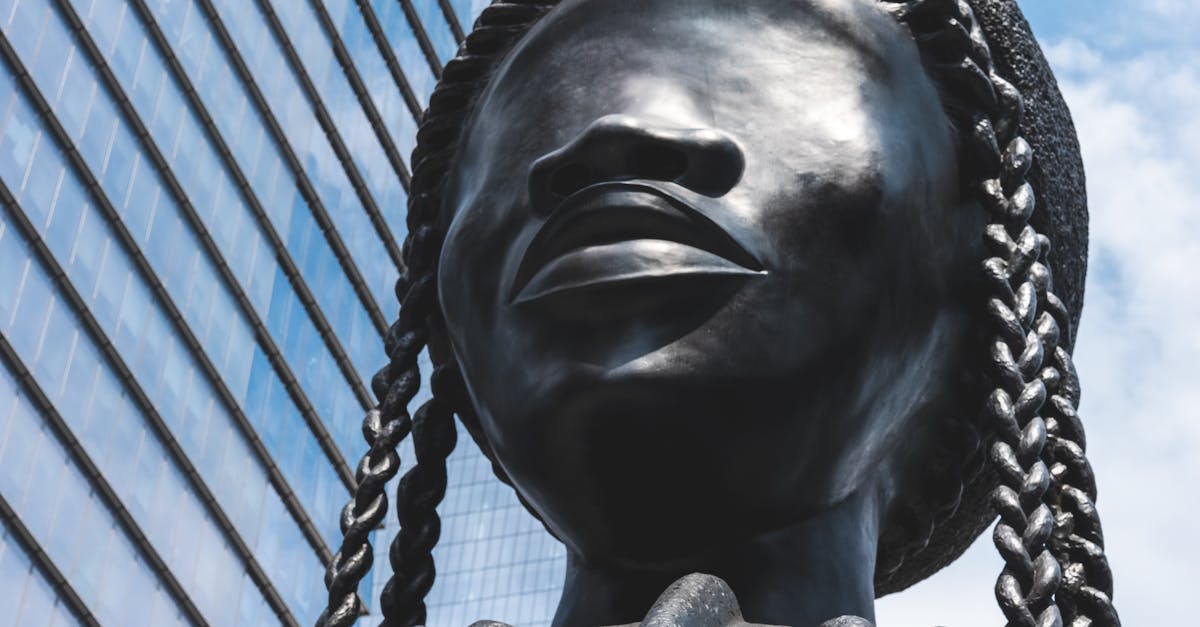
Leigh Taafe’s exceptional bonsai creations have garnered international recognition and acclaim. He has won numerous awards at prestigious bonsai exhibitions around the world, including the World Bonsai Convention and the Asia-Pacific Bonsai Convention. Taafe’s work has also been featured in numerous publications and books, and he is considered to be one of the leading bonsai artists in the world.
In addition to his awards and recognition, Taafe has also been honored with several prestigious appointments. He is a Fellow of the World Bonsai Friendship Federation and a member of the Board of Directors of the National Bonsai Foundation. Taafe is also a highly sought-after teacher and lecturer, and he conducts workshops and demonstrations around the world.
Taafe’s achievements and recognition are a testament to his skill, dedication, and passion for bonsai. He is an inspiration to bonsai artists around the world, and his work continues to set the standard for excellence in the art form.
International Exhibitions and Awards
Leigh Taafe has participated in prestigious bonsai exhibitions around the world, including the World Bonsai Convention and the Asia-Pacific Bonsai Convention. He has won numerous awards for his outstanding work, including:
- World Bonsai Convention:
- Gold medal for his New Zealand native bonsai (2017)
- Silver medal for his New Zealand native bonsai (2014)
- Bronze medal for his New Zealand native bonsai (2011)
- Asia-Pacific Bonsai Convention:
- Gold medal for his New Zealand native bonsai (2019)
- Silver medal for his New Zealand native bonsai (2016)
- Bronze medal for his New Zealand native bonsai (2013)
Taafe’s success at international exhibitions is a testament to his skill, dedication, and passion for bonsai. He is considered to be one of the leading bonsai artists in the world, and his work continues to set the standard for excellence in the art form.
Influence on the Bonsai Community
Leigh Taafe is not only an accomplished bonsai artist, but also a dedicated educator and mentor. He is passionate about sharing his knowledge and skills with aspiring bonsai artists, and he plays an active role in the growth and development of the bonsai community.
Taafe conducts workshops and demonstrations around the world, teaching students the fundamentals of bonsai, as well as more advanced techniques. He is known for his patient and encouraging teaching style, and he is always willing to share his knowledge and expertise with others. Taafe is also a founding member of the New Zealand Bonsai Association, and he has served as president of the association for several years.
Through his teaching and mentoring, Taafe has helped to inspire a new generation of bonsai artists. He is a role model for bonsai enthusiasts around the world, and his contributions to the bonsai community are invaluable. He is dedicated to preserving and promoting the art of bonsai, and he is committed to ensuring that it continues to thrive for generations to come.
5. Preserving the Legacy: Taafe’s Future Endeavors
Leigh Taafe is deeply committed to preserving and promoting the art of bonsai. He is involved in a number of initiatives aimed at ensuring the future prosperity of bonsai, including:
- Education and workshops: Taafe conducts workshops and demonstrations around the world, teaching students the fundamentals of bonsai, as well as more advanced techniques. He is passionate about sharing his knowledge and skills with aspiring bonsai artists, and he is dedicated to helping them develop their skills and knowledge.
- Conservation and legacy: Taafe is also committed to the conservation of New Zealand’s native plants. He uses his art to raise awareness about the importance of these plants, and he works to promote their conservation. Taafe is also a founding member of the New Zealand Bonsai Association, and he has served as president of the association for several years. The association is dedicated to promoting the art of bonsai in New Zealand, and it plays an important role in educating the public about bonsai and its cultural significance.
Through his ongoing commitment to education, conservation, and community involvement, Taafe is helping to ensure that the art of bonsai continues to thrive for generations to come.
Education and Workshops
Leigh Taafe is passionate about educating and inspiring future generations of bonsai enthusiasts. He believes that bonsai is an art form that can be enjoyed by people of all ages and backgrounds, and he is dedicated to making bonsai more accessible to everyone.
Taafe conducts workshops and demonstrations around the world, teaching students the fundamentals of bonsai, as well as more advanced techniques. He is known for his patient and encouraging teaching style, and he is always willing to share his knowledge and expertise with others. Taafe’s workshops are a great opportunity for students to learn from one of the world’s leading bonsai artists, and they provide a valuable foundation for anyone who is interested in learning more about bonsai.
In addition to his workshops, Taafe is also involved in a number of educational initiatives. He is a founding member of the New Zealand Bonsai Association, and he has served as president of the association for several years. The association is dedicated to promoting the art of bonsai in New Zealand, and it plays an important role in educating the public about bonsai and its cultural significance. Taafe is also a regular contributor to bonsai magazines and journals, and he has written several books on bonsai.
Conservation and Legacy
Leigh Taafe is deeply committed to preserving and promoting the art of bonsai, as well as the conservation of native New Zealand plant species. He believes that bonsai is a unique art form that can be used to connect people with nature and to raise awareness about the importance of conservation.
Taafe uses his art to showcase the beauty and diversity of New Zealand’s native plants. He often uses native species in his bonsai creations, and he takes great care to preserve the natural shape and character of the trees he works with. Taafe’s bonsai creations are not only beautiful, but they also serve as a reminder of the importance of protecting New Zealand’s natural heritage.
In addition to his artistic work, Taafe is also actively involved in conservation efforts. He is a founding member of the New Zealand Bonsai Association, and he has served as president of the association for several years. The association is dedicated to promoting the art of bonsai in New Zealand, and it plays an important role in educating the public about bonsai and its cultural significance. Taafe is also a regular contributor to bonsai magazines and journals, and he has written several books on bonsai. Through his writing and teaching, Taafe helps to spread the word about the importance of bonsai and conservation.
What is Leigh Taafe’s artistic philosophy?
Leigh Taafe’s artistic philosophy is guided by a deep respect for the natural forms of the trees he works with. He believes that the best bonsai creations are those that capture the essence of the tree’s natural beauty while also showcasing the artist’s skill and creativity.
What are some of Leigh Taafe’s signature techniques?
Taafe is known for his meticulous attention to detail and his innovative use of wiring techniques. He often uses multiple wires of different gauges to create complex and dynamic shapes that would not be possible using traditional methods.
What is Taafe’s role in the bonsai community?
Taafe is a dedicated educator and mentor, and he plays an active role in the growth and development of the bonsai community. He conducts workshops and demonstrations around the world, and he is a founding member of the New Zealand Bonsai Association.
How is Taafe involved in conservation efforts?
Taafe is committed to the conservation of New Zealand’s native plants. He uses his art to raise awareness about the importance of these plants, and he works to promote their conservation. He is also a founding member of the New Zealand Bonsai Association, which plays an important role in educating the public about bonsai and its cultural significance.

